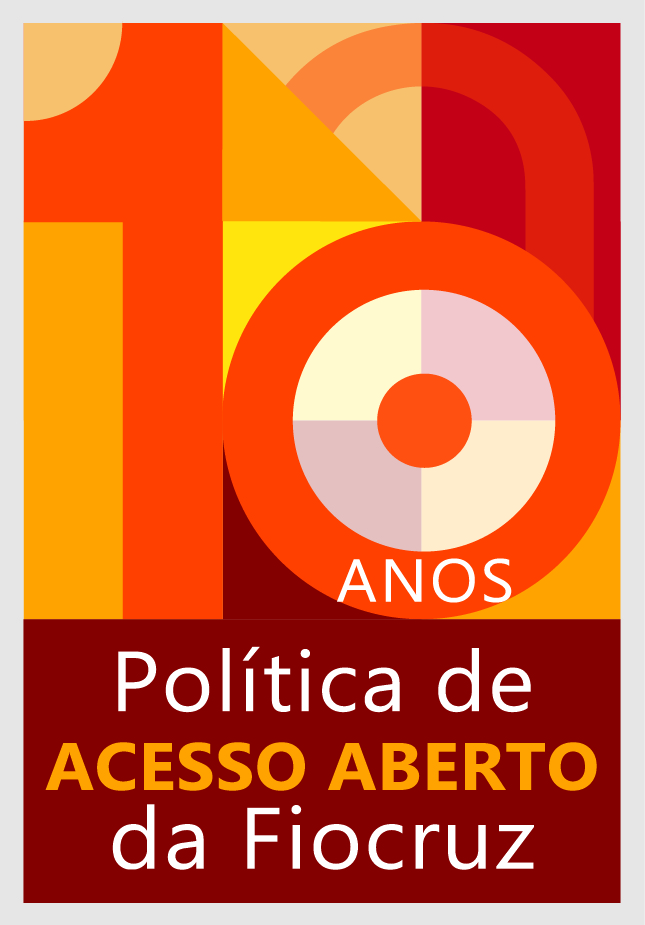Climatic zoning of conditions for the development of the larva of the mosquito that transmits the dengue fever virus in the State of Rio Grande do Sul
DOI:
https://doi.org/10.3395/reciis.v3i3.802Keywords:
Aedes aegypti, air temperature, precipitation, indigenous casesAbstract
Climatic zoning was carried out in the State of Rio Grande do Sul for the development of the larva of the mosquito that transmits the dengue fever virus, Aedes aegypti. The study used the average and the variability of the total monthly precipitation, the average number of days per ten day-periods with precipitation, the monthly average temperature charts of medium, maximum, and minimum temperatures, and the probability of occurrence of absolute minimum temperatures below 5°C. The study considered as preferable those regions with average temperature between 24 and 32°C; as tolerable those between 18 and 24°C; as marginal those between 5 and 18°C; and as unsuitable those below 5°C and above 40°C. It verified that hydric conditions in Rio Grande do Sul throughout the year are suitable for the development of the larva of the mosquito transmitter of the dengue virus fever, and that the most suitable thermal availabilities occur during the months of January, February, and December. The most suitable average temperatures occur mainly in the Climatic Regions of the Central Depression, High and Low Uruguayan Valley and Missions; whereas the marginal ones occur in the Northeastern Mountains, West of the Uplands, Southeastern Mountains, and Southern Shore.Downloads
Published
How to Cite
Issue
Section
License
Author’s rights: The author retains unrestricted rights over his work.
Rights to reuse: Reciis adopts the Creative Commons License, CC BY-NC non-commercial attribution according to the Policy on Open Access to Knowledge by Oswaldo Cruz Foundation. With this license, access, download, copy, print, share, reuse, and distribution of articles is allowed, provided that it is for non-commercial use and with source citation, granting proper authorship credits and reference to Reciis. In such cases, no permission is required from the authors or editors.
Rights of authors’s deposit / self-archiving: The authors are encouraged to deposit the published version, along with the link of their article in Reciis, in institutional repositories.












